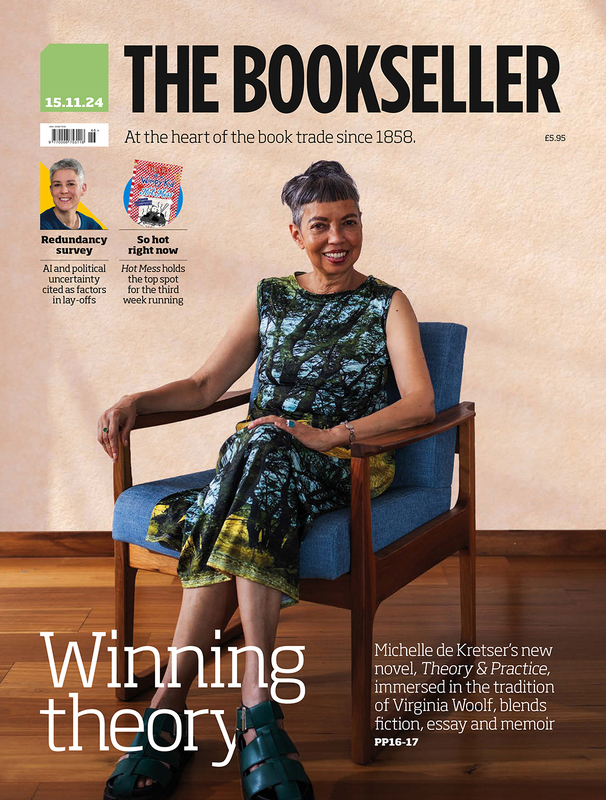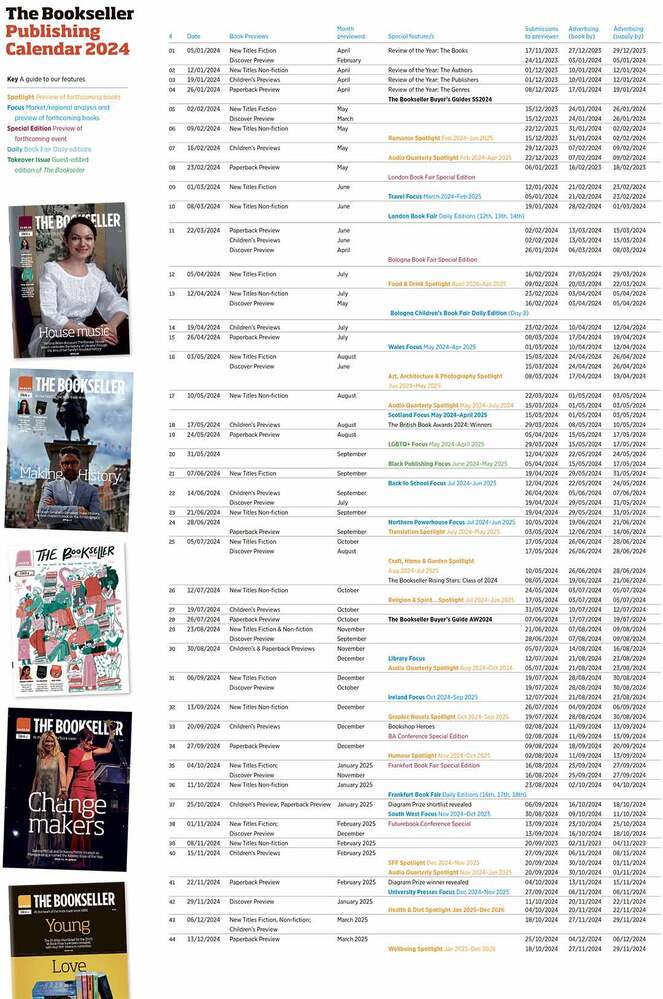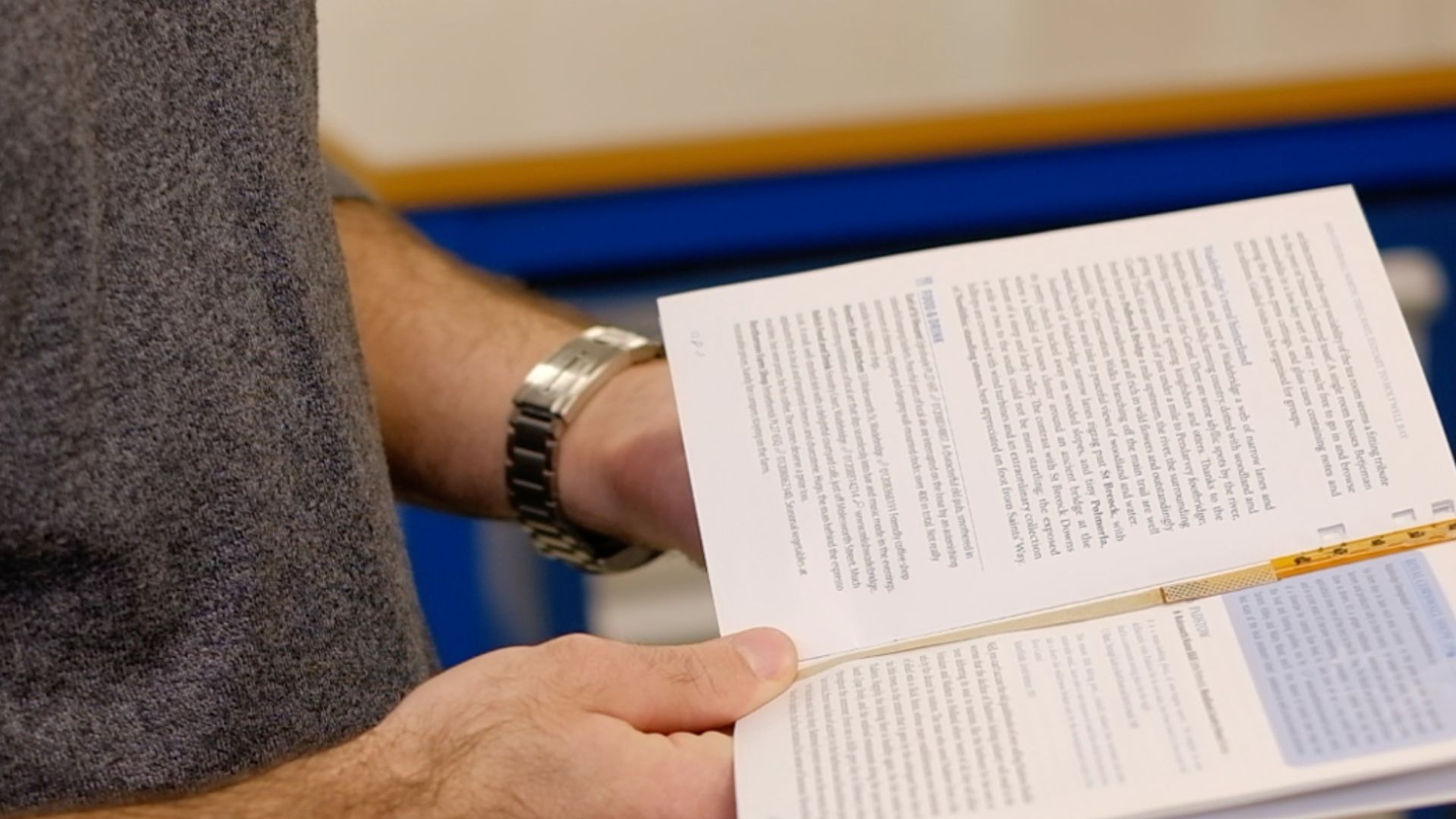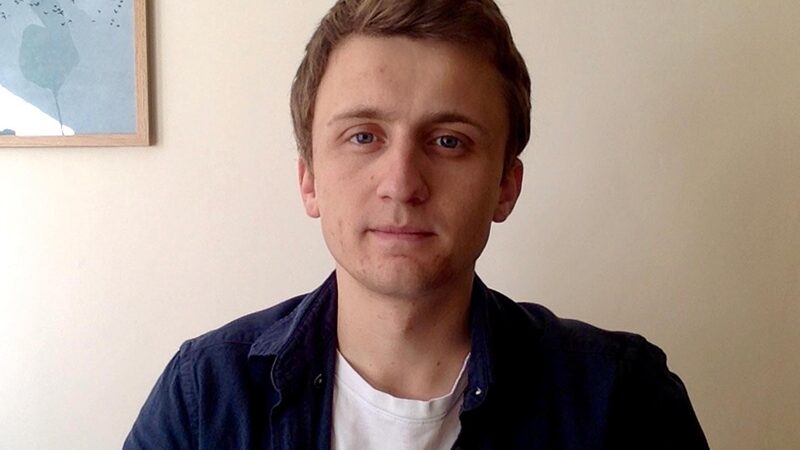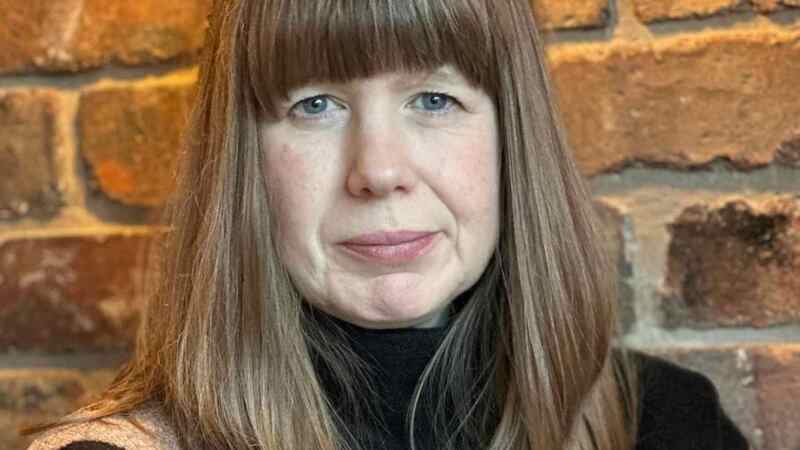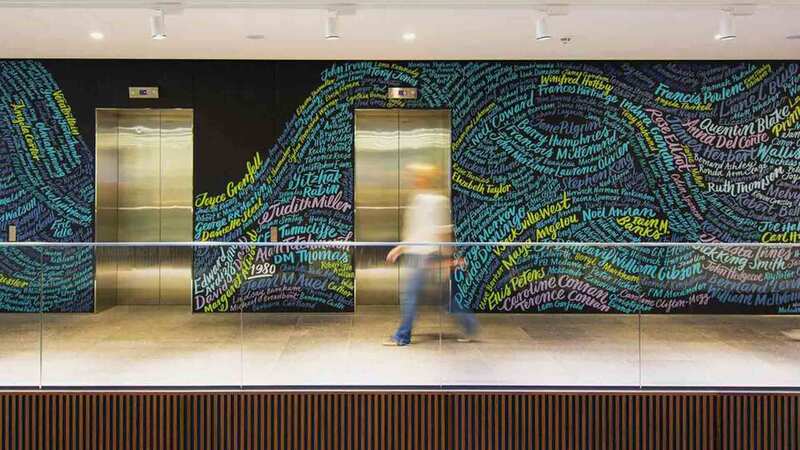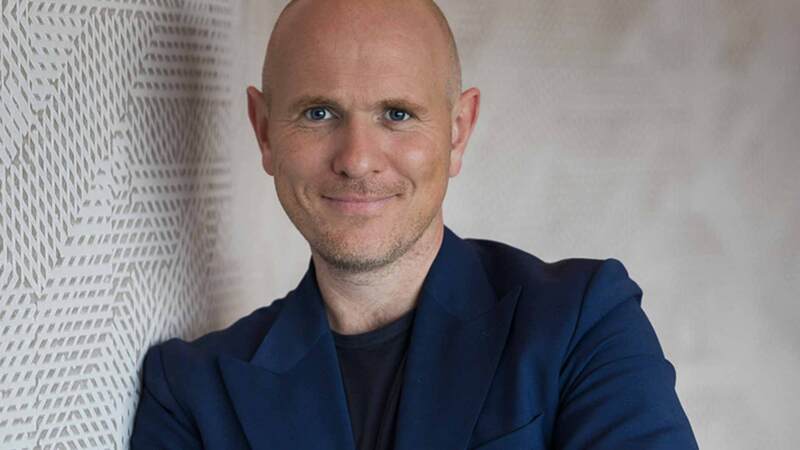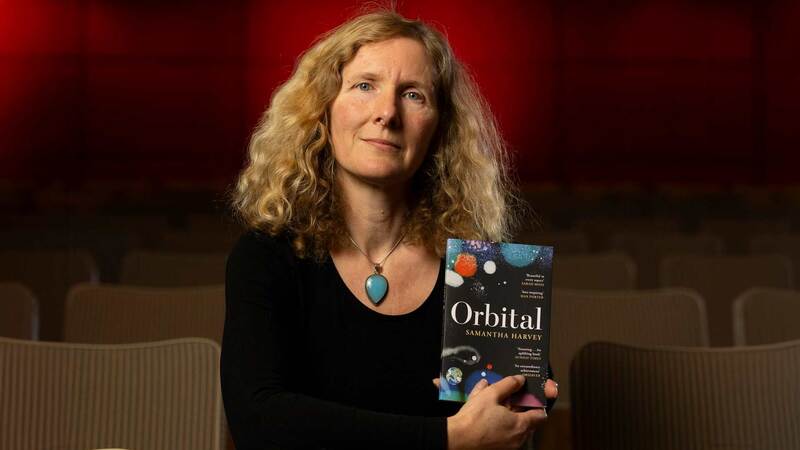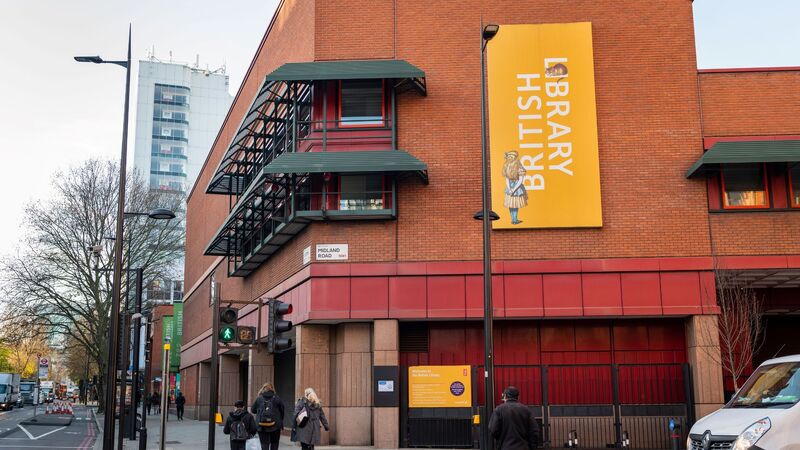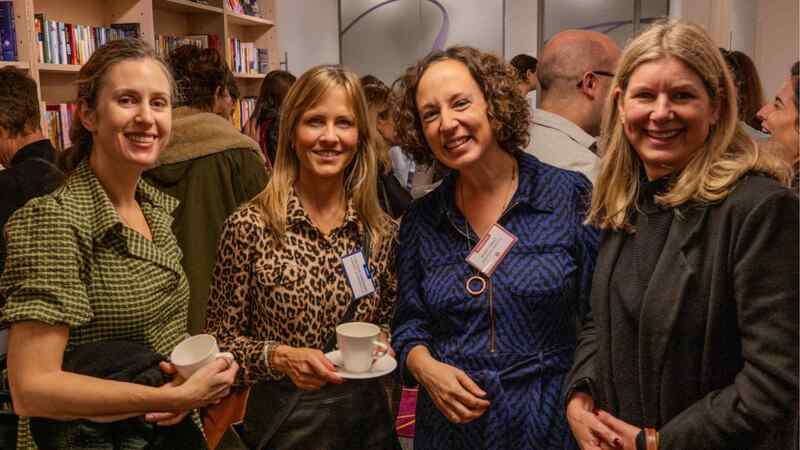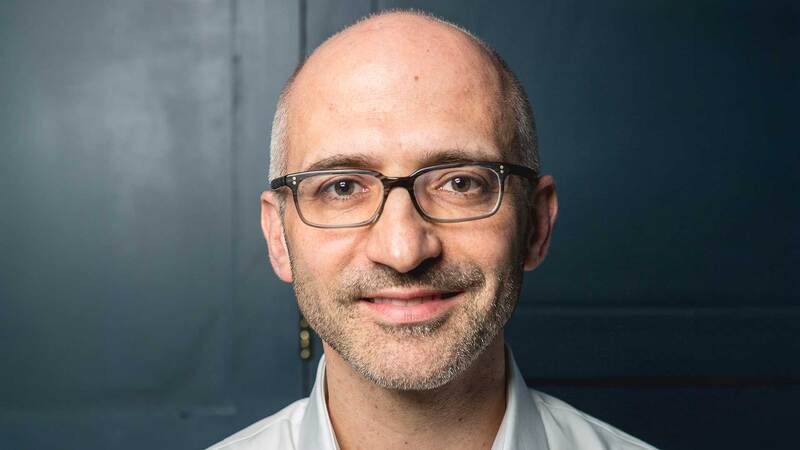You are viewing your 1 free article this month. Login to read more articles.
Augmented books step closer to being available on commercial scale, say researchers
Researchers at the University of Surrey say they are a step closer to making augmented books, or a-books, available on a commercial scale.
A-books enable readers to consume information on the printed paper and screen side by side and the technology is most likely to be useful with travel guides and educational books.
Dr Radu Sporea, senior lecturer at the Advanced Technology Institute (ATI), said: “The way we consume literature has changed over time with so many more options than just paper books. Multiple electronic solutions currently exist, including e-readers and smart devices, but no hybrid solution which is sustainable on a commercial scale.
“Augmented books, or a-books, can be the future of many book genres, from travel and tourism to education. This technology exists to assist the reader in a deeper understanding of the written topic and get more through digital means without ruining the experience of reading a paper book.”
Power efficiency and pre-printed conductive paper are some of the new features which enable Surrey’s augmented books to now be manufactured on a semi-industrial scale. With no wiring visible to the reader, they enable users to trigger digital content with a gesture, such as a swipe of a finger or turn of a page, which will then be displayed on a nearby device.
The project has so far received £900,000 of government funding. The team is hoping to get corporate and book industry interest to help further develop and refine the technology.
George Bairaktaris, postgraduate researcher at the University of Surrey and part of the Next Generation Paper project team, added: “The original research was carried out to enrich travel experiences by creating augmented travel guides. This upgraded 3G model allows for the possibility of using augmented books for different areas such as education. In addition, the new model disturbs the reader less by automatically recognising the open page and triggering the multimedia content.
“What started as an augmented book project, evolved further into scalable user interfaces. The techniques and knowledge from the project led us into exploring organic materials and printing techniques to fabricate scalable sensors for interfaces beyond the a-book”.


